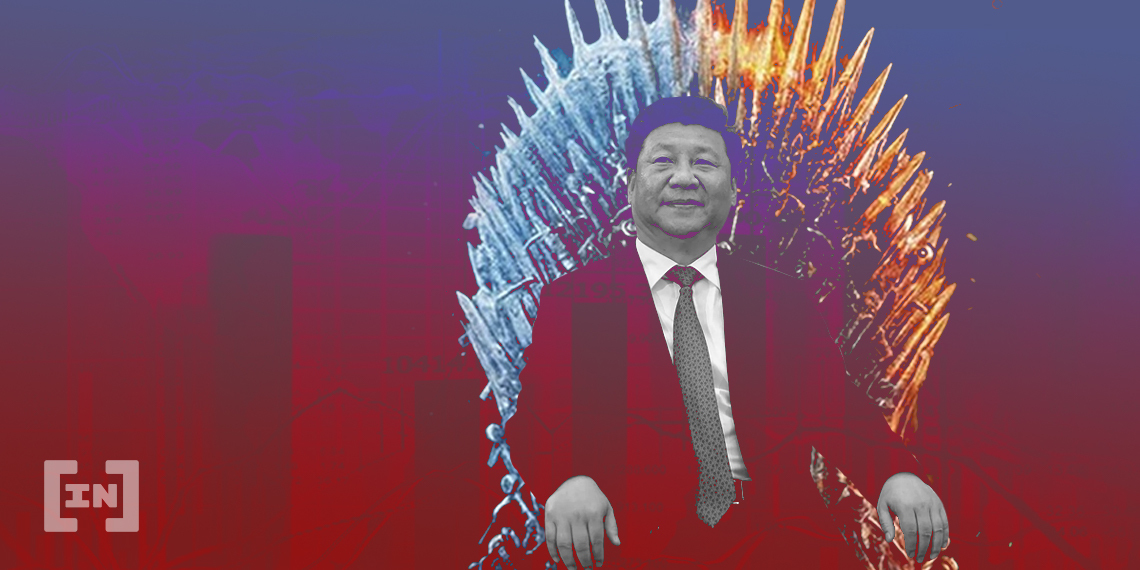
2019-12-25 03:26 |
\n
Down but not out — that’s the state of the Chinese economy as it stands today amidst the prolonged trade war against the United States. Despite all the challenges, the communist regime under President Xi Jinping remains committed to going a step up in the rankings to make China the largest economy in the world, by utilizing technologies like blockchain.
Even more interestingly, it is not just the existing global financial order that China is hell-bent on dominating, the country wants to lead the charts when it comes to blockchain and the decentralized digital economy as well.
Of course, the government is still not comfortable with the idea of overtly embracing Bitcoin and other decentralized cryptocurrencies, but that has not stopped China from remaining one of the most influential powers in the cryptocurrency space.
Take, for example, the fact that nearly three-fourth of hash power on the Bitcoin network is controlled by Chinese-managed mining pools.
2020 Could Be a Turning PointThe trade war against the US along with a few other lingering issues have combined to slow down China’s economy tremendously over the past several months. For example, the impact of the country’s export slowdown, which is basically another casualty from the trade war, alone has dragged the country’s GDP down 1.3% in 2019, according to CNBC.
However, the country’s situation could take a turn for the better in 2020 as the Chinese government pushes on to use innovative technology and infrastructure to resuscitate the country’s once-glorious growth rate.
For example, the ambitious project to build dozens of new supercities could go a long way in expediting China’s growth rate, which currently lingers around just over 6%, which. This is the slowest rate for the country since 1992.
Given that around two dozens of the new supercities will be home to populations greater than that of New York’s, they are expected to trigger a new wave of rural-to-urban migration. With a rather extensive industrial ecosystem already in place, the infuse of more cheap labor into the mix could give China enough momentum to mitigate the adverse impact emanating from the aging population.
Of course, that’s just one of the many examples of how the mega infrastructure projects are likely to yield the desired economic output for the communist regime in the coming year. Meanwhile, things are heating up on the technological front as well.
Blockchain, Cryptocurrency Mining to Add More Growth Opportunities to ChinaAs BeInCrypto has previously reported, the ongoing blockchain revolution in China is emboldening the ruling class to cut out Western tech companies — especially companies of American origin.
How that plays out over the long haul remains to be seen, but there’s no denying that China is possibly the only major economy to have long spotted the strategic potential of blockchain and its offshoots (including cryptocurrencies).
Despite a long-standing ban on Bitcoin trading, China is the sole superpower in the world when it comes to Bitcoin mining. The influence Chinese miners have over the Bitcoin network could surge even further with more and more cryptocurrency mining companies flocking to Sichuan province — where electricity price is comparatively a lot cheaper. This would not be happening without the government’s tacit approval, of course.
Besides blockchain and digital currency, 5G is another area where the government is making hefty investments expecting a high ROI in the long run.
The post Blockchain, 5G, and Supercity Projects to Help China Revive Economic Growth appeared first on BeInCrypto.
origin »High Performance Blockchain (HPB) на Currencies.ru
|
|















